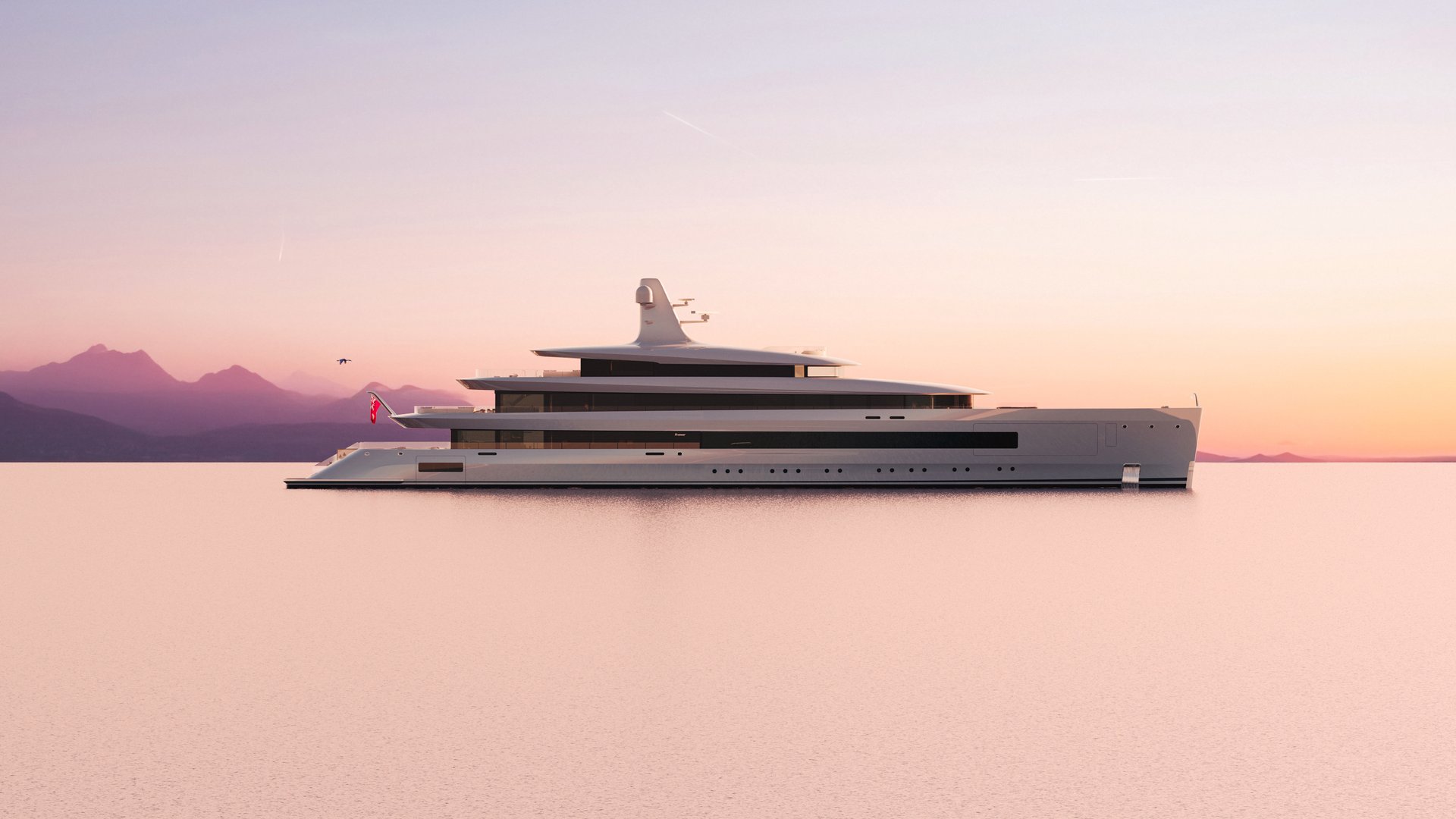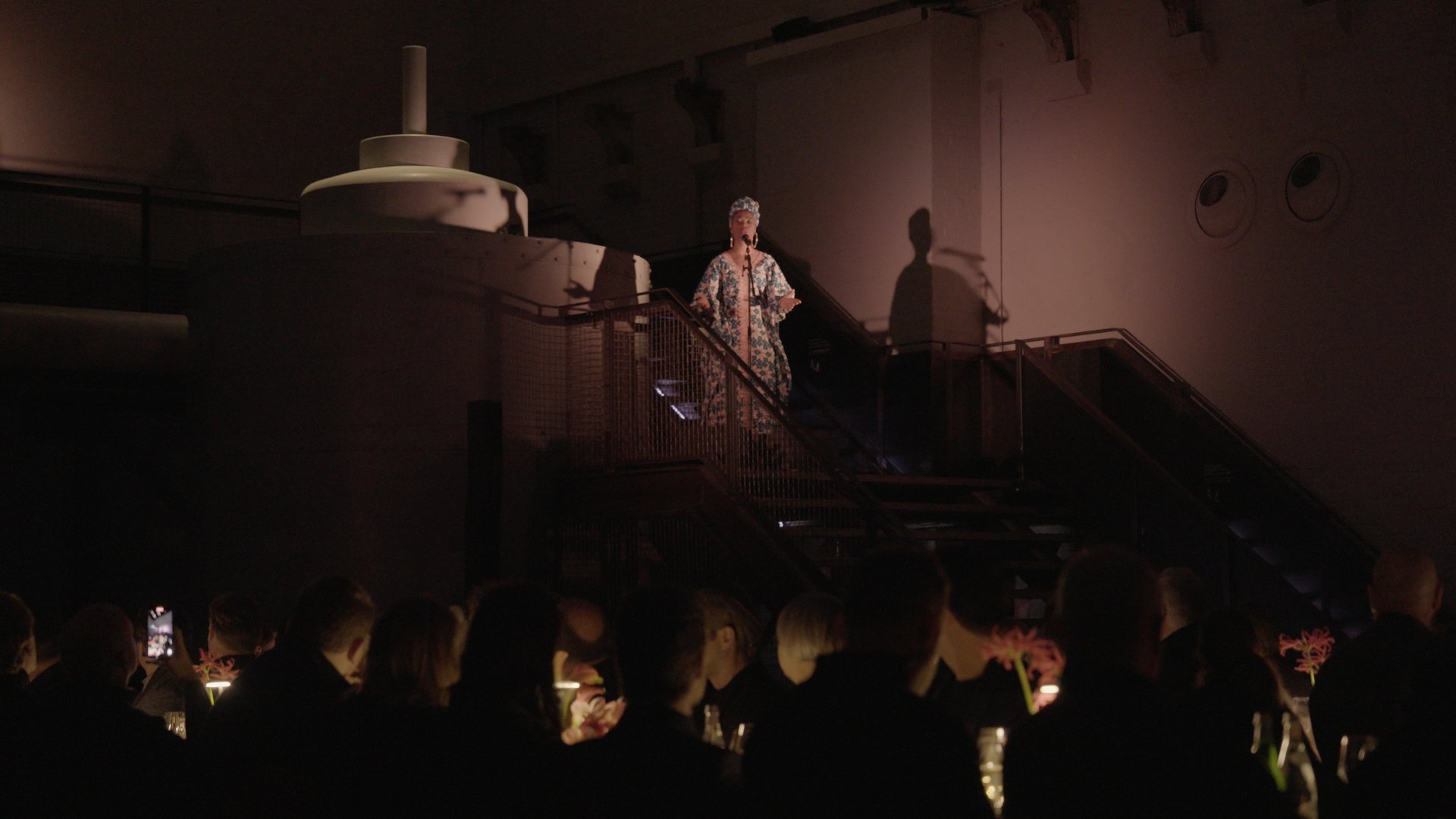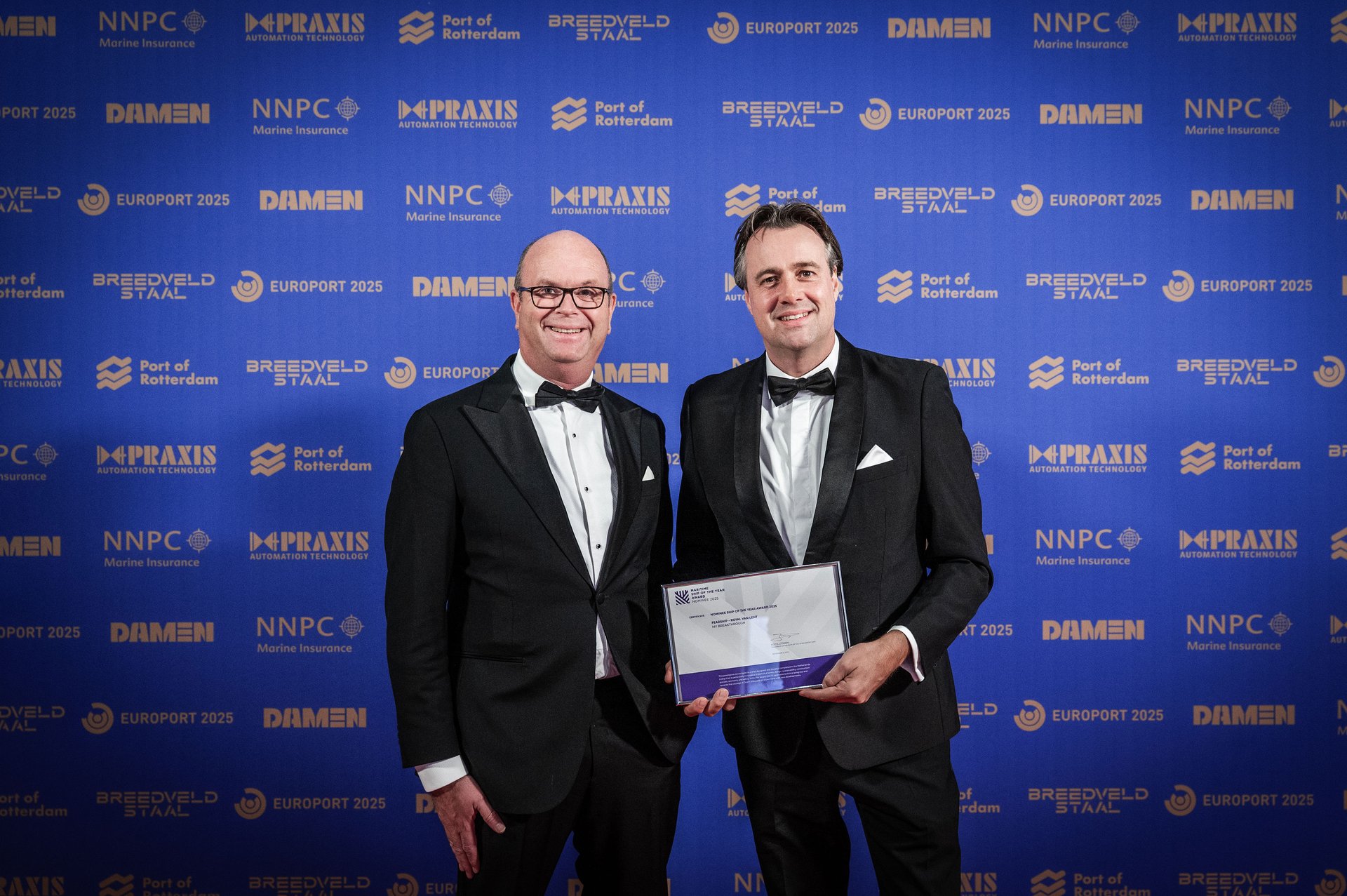De Vrouwe Christina: The Resurrection of an Ageless Beauty


Photo by Hanneke Lindenburg
This article has previously been published in the 2nd edition of Feadship Heritage World. The Feadship Heritage World is a publication of the Feadship Heritage Fleet.
Henri Krijnen was delighted to discover the classic Feadship De Vrouwe Christina in the Caribbean in 2002. Diving into the archives, he found that this exquisite 23-metre yacht had been through quite a lot since her launch in 1957. As Henri explains in this self-penned article, it wasn’t all plain sailing after buying this fine example of Feadship heritage either, with two refits being required before De Vrouwe Christina was restored to her former glory.
In 1955, Charles Donnelley – Feadship’s agent in the United States during the early period of its history – came into contact with a well-known professor of medicine named Crawford Failey. At the time, Donnelley was sailing the waters off Connecticut in De Grote Beer, a traditional Dutch botter vessel.
Failey initially wished to acquire a similar vessel but it became clear she would be too small for his large family. De Voogt instead proposed a Feadship based on another traditional type of Dutch vessel, the paviljoentjalk (a shallow-draught boat also known as a spritsail barge). Designer Sebastian Vermeer considered this ideal for sailing the inland waters of the United States, and so she would eventually prove – but not until a few hiccoughs had been solved during the build.
An ill-fated beginning
Work on the design lasted until the end of 1956, changing several times including a hull extension. Then an unfortunate conflict surfaced in early 1957. While Mr Donnelley had been a great sales rep for Feadship, he’d also been cashing in down payments without transferring the funds to the yards. Such a trick was easier than it seemed at a time when a phone call from the Netherlands to the US could cost as much as the weekly wage of a skilled craftsman.
Donnelley’s bankruptcy brought the situation to light and placed the existence of the Feadship group in jeopardy. Several representatives flew across the Atlantic to talk to both Professor Failey and Malcolm Forbes, who had just commissioned what would be the first of a number of Feadships called The Highlander. These two gentlemen agreed to pay the entire purchase sum for their yachts in advance, giving the yards the liquidity needed to get back to work. It is fair to say that, while De Vrouwe Christina would not go on to quite the same fame as The Highlander, the building of these two motoryachts played a key role in the preservation of Feadship as an entity.
The lady takes shape
De Vrouwe Christina was also significant in terms of her interior. This was designed by Feadship’s in-house architect Jan van Erven Dorens who was a real innovator by 1950s standards. He commissioned lots of wooden and cast-metal decorations from the renowned sculptor Anton Fortuin and De Vrouwe Christina was launched on 28 September 1957 in the presence of Professor Failey and his wife Christina, after whom the yacht was named (‘vrouwe’ is an archaic Dutch word for lady).
Shipped to New York City in January 1958, Professor Failey expressed his delight in a telegram to the yard: “The tjalk arrived in good shape and has been admired by a number of visitors. I would certainly be glad to recommend anyone to your yard who is thinking of building in Holland.” He and his wife then spent a number of years sailing De Vrouwe Christina on the Intracoastal Waterway and were frequent visitors to the Bahamas.
A life well lived
The yacht has had several owners since then, including James A. Ryder of Ryder Trucking fame. He was so impressed by his time on De Vrouwe Christina that he went on to order two Feadships of his own, Jardell (launched in 1970) and Big R (1970).
Meanwhile, another owner took her six times across the Atlantic, skippered by an English captain, and she spent one summer in the Balearics and one summer in the UK. The good times did not last as by the 1980s De Vrouwe Christina was being used to transport lobster between the Bahamas and the US. In 1990, she was auctioned in Miami and the new owner sailed to Sint Maarten and anchored her as a houseboat under the name Nicolette, the largest yacht under the island’s flag.
A chance rediscovery
In 2002, I was browsing the website of a ship broker in Sint Maarten and saw that there was a tjalk for sale in Simpson Bay. This attracted my attention and one phone call to the broker later I was on a KLM flight to see the boat for myself. After some back and forth, I decided to close the deal. The main argument for me was that this tjalk had been built by De Vries Scheepsbouw, a part of Feadship and one of the best yacht builders in the world. But even a Feadship has to contend with the passage of time: when we pulled her out of the water I was so shocked by her terrible state that I asked my wife whether we should simply let her sink to create a nice spot for the many divers on the island.
After a lot of deliberation, we decided instead to refit her on Sint Maarten. This turned out to be a big mistake and I should have put her on the next transport to Holland. But it’s no use crying over spilt milk, and at the time we didn’t see any reason not to be optimistic.
Teething pains
The first issue we found was that the ballast in her hull was concrete. This meant cutting and shaping a completely new bottom in the Netherlands, which was shipped to the Caribbean on an open-top container. This is where the drama really began – and it would take another two and a half years before our dream boat was ready. Blissfully unaware of the need to watch closely what was going on we left the project unsupervised.
The refit was eventually completed In June 2005 and we spent the next five years cruising, as we explored the Caribbean and went through the Panama Canal to Western Canada and on to Alaska. I would recommend Alaska in the summer to anyone – the landscapes and vistas there are indescribable. I also thoroughly enjoyed our time when we returned to Central America, which felt very adventurous. We eventually ended up at Colón, the Panama Canal port where De Vrouwe Christina was placed on a Sevenstar transport ship for the trip home to Holland.
Lessons learnt
After having her checked by the experts at the De Vries yard in Makkum, we found that much of the work done in Sint Maarten needed to be completely reversed and done again. This reflected a lack of knowledge by the local craftsmen and if I ever need serious work on a boat lying in the Caribbean I now know to have this done in the US or Europe.
Anyway, in consultation with De Vries, we decided to have De Vrouwe Christina refitted properly at the SRF yard in Harlingen under the experienced leadership of naval architect Olivier van Meer. The slapdash refit in Sint Maarten had exacted a price, as did all the years of intense cruising and ocean passages, so she was given a thorough overhaul. The entire interior was removed and redesigned in a highly contemporary style. Two thirds of her hull were rebuilt, and all flammable elements – no longer acceptable on boats in this day and age – were removed and replaced.
The combined price of the two refits could have easily sufficed to acquire a new 35-metre yacht, but she has now been restored to pristine shape – and there is only one De Vrouwe Christina. This is, after all, the only tjalk-type boat ever built by the Feadship group, and her unique appearance makes her stand out against any backdrop.
New horizons
De Vrouwe Christina has just completed a sea trial to Scandinavia and will arrive with Sevenstar in Jacksonville in northern Florida in the third week of January 2018. From there, we plan to sail down through the Atlantic Intracoastal Waterway through Key West to the Southern Intracoastal on our way to Houston, Texas.
Why did we choose this area? There is a book by Jan de Hartog called The Waters of the New World. It describes the author’s travels on his old tjalk from Nantucket to Houston through the Intercoastal Waterways, and contains an article about each of the places where he alighted. I did the part of this itinerary with our previous cruise from West Palm Beach to Canada and back, and wish to complete another portion this winter. Fifty years after Jan de Hartog wrote his book, it’s exciting to see how much the world has changed on all fronts. And it’s an honour to retrace his steps in such a timeless boat from the same period.











